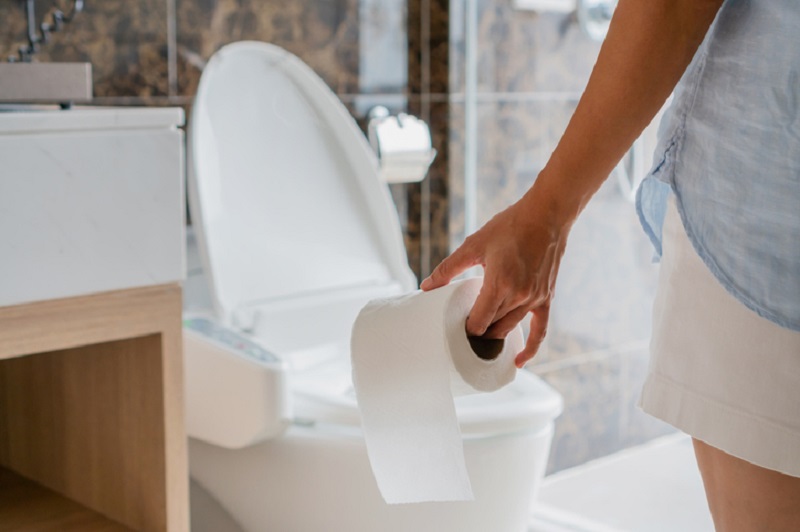What Does Your Pee Color Mean?

October 17, 2023
The color of your pee can signal many things about the state of your body, such as your level of hydration, what you’ve been eating recently and even be affected by any medications you’re taking.
“Pee can help to send you red flags about some health conditions depending on its color, so it's important to know what the different colors mean and when you may need to see a doctor,” says urologist, Nitin Yerram, M.D.
What Colors of Pee Can Mean
Your urine is one of your body’s main ways of getting rid of extra urine and salt, plus other waste filtered out of your blood by your kidneys. There is a spectrum of colors that your pee could be, ranging from clear to very dark or cloudy pigments.
Let’s dive into the different colors and what they can tell you about your health:

- Although it's common to believe the “clearer” your pee, the more hydrated you are, completely clear pee is actually not ideal
- Too much water can diminish your electrolyte count, so try to cut back a bit
- If you don’t think you’ve been overconsuming water, talk to your doctor about why your pee may be clear
- In more rare cases, clear pee can signal liver problems such as viral hepatitis or cirrhosis

- You are getting enough water and have a normal level of hydration

- Some medications or vitamins can cause your pee to be orange
- Orange pee can also be a symptom of adult-onset jaundice

- A woman may have red/pink pee while on her period
- Foods with red or pink pigmentation (beets, blueberries)
- Blood resulting from a health condition such as:
- Kidney stones
- Tumors in the kidney or bladder
- An enlarged prostate
- Certain medications can give your urine a pink or red hue

- If you are experiencing dark brown or black pee, reach out to your health care provider to determine what could be causing it

- Certain medical tests that use dyes for your kidneys or bladder can also cause your pee to turn these colors
- Green pee can also be a sign of a urinary tract infection (UTI)

- If you are pregnant, cloudy urine can be a symptom of preeclampsia, a condition that occurs after the 20th week of pregnancy or after giving birth that can cause high blood pressure or organs to not function properly
- Cloudy pee that has foam can be a sign of a serious condition such as diverticulitis or Crohn's disease
- If you experience this you should talk with your doctor immediately
“Generally, the more hydrated you are, the clearer your urine will be. When you drink water, the clear liquid dilutes the yellow pigments in your urine — so the less you drink, the yellower your urine,” said Dr. Yerram.
When to Talk to Your Doctor
“If you experience a change in your urine that lasts for more than one or two days, your body may be showing signs or symptoms of another condition,” said Dr. Yerram.
There are numerous changes in your pee that should not be ignored:
- An urgent or frequent need to pee and feeling more thirsty
- Burning or other painful sensations while peeing
- Dark-colored pee even when you have been drinking a sufficient amount of water
- Blood in your pee
- A strong, foul odor occurs when you pee (usually different from how your pee would normally smell)
The key colors to watch out for are pink/red, orange and cloudy pee as these can all be signs of more serious conditions and you should contact your doctor immediately if you experience them. However, if you are noticing any unusual changes in your pee, you should reach out to your doctor to determine the cause.
Staying hydrated is important, but drinking too much or too little water can be bad for your body. The amount of water that is right for you can vary based on your weight, gender, body composition and other variables specific to your body such as medical conditions. Men typically need about 15.5 cups of water per day while women need 11.5 cups.
Talk to your doctor if you have any concerns about the color of your pee and to determine the right amount of water to incorporate into your daily diet.
Next Steps & Resources:
- Our source: Nitin Yerram, M.D.
- To make an appointment with a doctor near you, call 800-822-8905 or visit our website.
- Learn more about urology services at Hackensack Meridian Health.
The material provided through HealthU is intended to be used as general information only and should not replace the advice of your physician. Always consult your physician for individual care.






